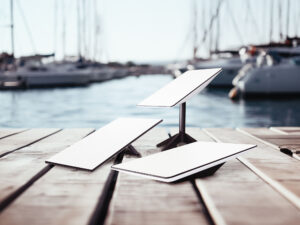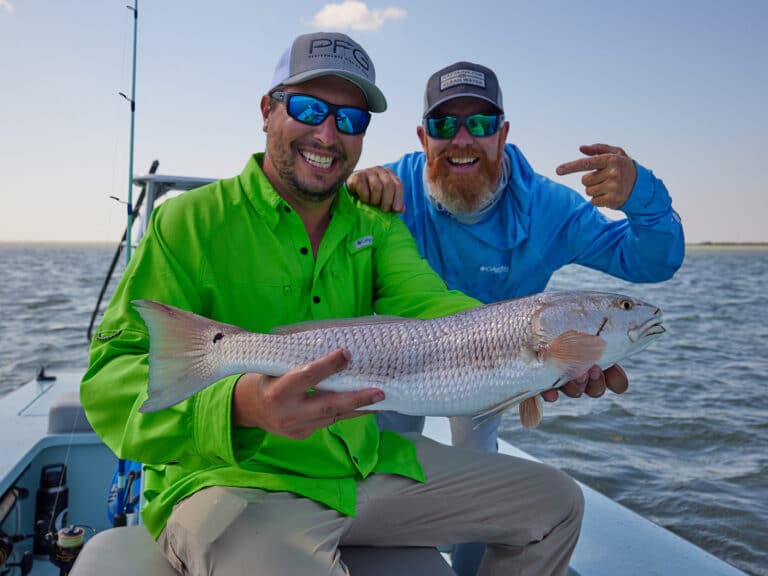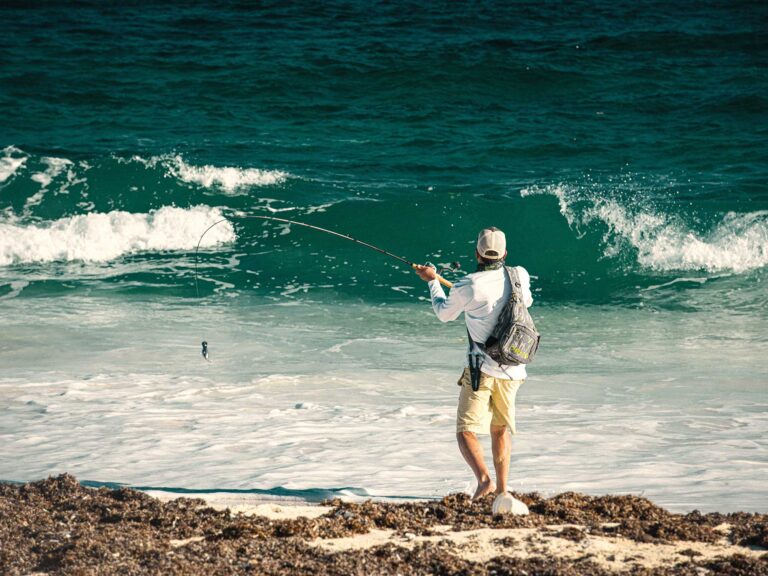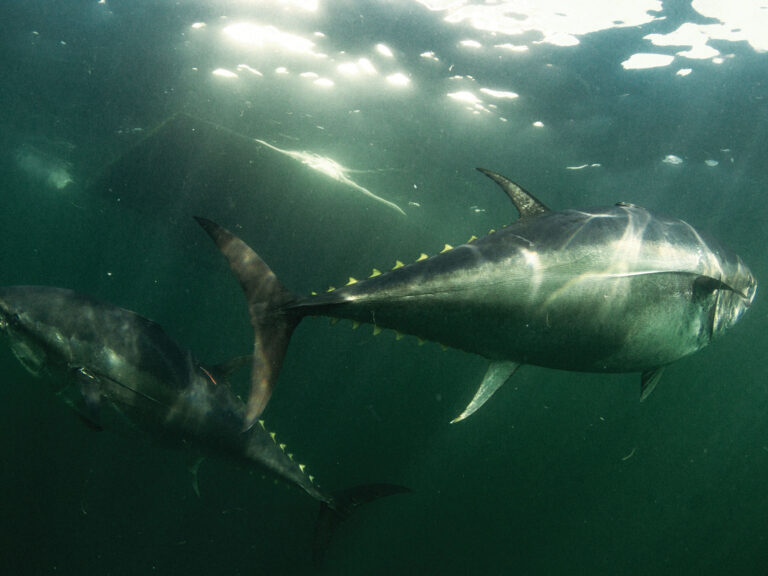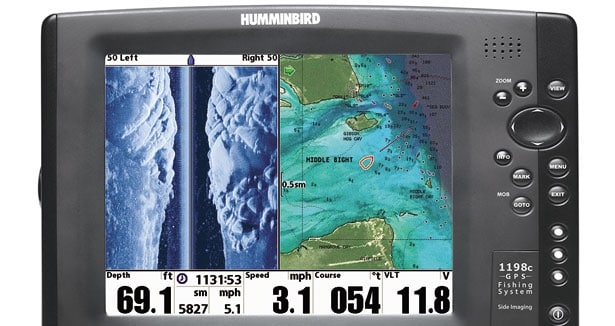
Outfitting a boat with the right electronics for inshore fishing can be daunting. It’s a lot trickier than outfitting a larger boat, in which case you simply wave your checkbook and install one of everything, then use what you need when the situation arises. With the limited space found at the helm of most inshore boats, a purpose-designed suite is the goal, and the kind of fishing you expect to do drives that.
Some inshore fishermen may not need a chart plotter if they stick to the Intracoastal Waterway or easily navigated backwaters. If you spend your time on patch reefs and inshore wrecks, or jetty and inlet fishing, a good GPS plotter makes life easier. Go looking for ledges or rock piles – or deep schools of bait to load your livewell – and your helm needs a quality but compact fish finder. If the backcountry and flats are your passion, you probably won’t need to find room on your skiff or bay boat to install a sounder.
Balance these various needs against what is generally a smaller dashboard, and the outfitting adventure begins. Manufacturers are accustomed to special-needs boats, though, and most of them stand ready to take care of a variety of outfitting schemes with state-of-the-art gear sized and configured for the most modest craft.
Just about a year ago, Garmin introduced the 700 series, touch-screen plotters with a 7-inch diagonal screen. If your boat is at the upper end of the inshore designation and fish-finding sonar, radar and cutting-edge navigation are in your fishing plans, these units deserve a close look.
The GPSmap 740 ($1,499.99) comes pre-loaded with detailed offshore charts for all U.S. coastal areas, including Alaska and Hawaii, and Explorer Charts data of the Bahamas. It’s become the Garmin go-to model for installation in open boats. Sized for economy of space, it outfits the electronics helm as if it were a full-size battlewagon, only it’s smaller. NMEA 2000-capable, it has a high-sensitivity GPS receiver in part of the parcel, and with additional gear, the unit supports radar. An upgrade, the GPSmap 740s ($1,699.99) adds a built-in 1-kW-capable sonar transceiver.
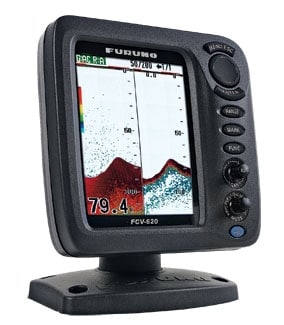
Furuno has built a reputation on major-league marine electronics for commercial and research vessels on down, so when you outfit a small fishing boat with Furuno gear, you install this heritage. Furuno claims the 5.6-inch color LCD FCV620 ($995) is the cream of the crop when fish-finding is central to your inshore program, and the waterproof construction puts it at home in an open boat. Furuno Digital Filter technology balances gain clutter and output power and suppresses main bang (the echoes just below the transducer), so even in shallow water, the picture is clear, with good detail.
Flir’s First Mate line of handheld night-vision scopes has carved out a place on smaller boats, whether it’s the original handheld thermal imager ($2,999) or the First Mate XP ($4,999) or XP+ ($5,999), with a beefier build and additional features, including image capture. If you fish at night or run before the sun is up, consider packing one of these for convenience and safety.
Raymarine’s A-Series, with the A50D, A57D and A70D combination GPS, chart-plotter and fish-finder units, come with 5-, 5.7- or 6.5-inch screens and a compact MFD with a full set of features, including an internal GPS receiver. Add-ons include Sirius Marine Weather service, AIS and NMEA 2000 engine-data integration, which really saves space on small consoles, without sacrificing functionality. All A-Series models feature pre-loaded charts for coastal or inland waters, along with a CompactFlash reader for optional chart cards. Prices are at $1,119, $1,449 and $1,799, respectively. All three models are sold in a kit that comes with the display, a tilt-and-swivel mount and a transom-mount depth/speed/temperature transducer.
If you have space at the helm – and just because you are fishing inshore doesn’t mean you have to have a small boat – the 1198c SI Combo from Humminbird stretches the limits of inshore designation with its combination of fish-finding sonar, chart-plotting and side-imaging on a 10-inch display. Base price is $2,799.99, and the newest incarnation is Ethernet-enabled. That may seem like a bigger-boat concern, but linked instruments can be handy when you rig dual-control stations, such as on a bay boat with a tower.
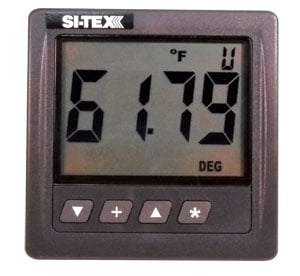
Single-purpose remote displays are increasingly wedging themselves into the nooks and crannies of fishing boats. Among the useful choices is the new Si-Tex SST-110 sea surface temperature indicator ($289). The four-digit LCD displays temperature to .01 degrees on the oversize screen. At 4.3 inches overall, it is easy to see and mounts in small spaces. Whether you are scanning the 50-degree range for stripers or subdividing the 70s and 80s for flats species, this gauge is visible from a tower, a poling platform or any other part of the average inshore-size boat away from the helm. It tracks temperature trends with an arrow on the display and allows you to set temperature alarms, both low and high.
Lowrance’s 5-inch powerhouse Elite-5 DSI Gold combination unit has been upgraded this year with the addition of DownScan Imaging technology. Down-scan images, renowned for intense detail and photo-realistic rendering of underwater structure, become a powerful tool when you’re fishing structure, shorelines, jetties and bridges. The quick-release tilt-and-swivel bracket allows for convenient removal and secure storage.




